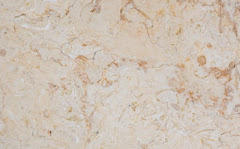We could say ‘that marble was and still is the symbol of luxury and resistance in time’. Whatever rock the creator selected, the result was more or less the same. The Greek classic culture remains fadelessly written on the marble of
Perhaps there weren’t swimming pools as we know them nowadays, but the use of marble was very widespread in Roman baths, as it was later in the Turkish bathrooms. Marble used on the edge of the swimming pool for its decoration, is very old. Even today there are still swimming-pools of 20, 30 or more years that had their edges elaborately decorated with marble.
The most experienced and oldest swimming pool professionals agree that the two basic elements that make a swimming-pool unforgettable are the cleanliness of its water and type of its edge. The form of a swimming-pool is particularly important when viewed from above. A well designed pool may add a deal to the rural residence or hotel but makes little difference to the one that enjoys swimming in it, as he cannot have a complete picture of its form as a swimmer! The internal walls of a swimming-pool are constructed in tiles, tessera, liner or dyed cement, the finish makes little difference when the pool is filled with water, diffraction blunts any difference and unifies the aesthetic result to a large extent. Although aesthetics play a crucial part in the choice of edge a further four considerations come into play during design in order to avoid future problems, anti-slip, resistance to stains, resistance to frost and resistance to erosion.
Regarding anti-slip, marble edges are by the safest choice, especially when in combination with finishings including sandblast, blow, ageing, acid effect and flaming, giving the desirable key finish that surpasses cement and many kinds of ceramic edge.
Ceramic edges do not easily stain while cement and the unprotected and unsealed edge made from natural rock can be subjected to stains even if, in time each rock, just as a lively organism can protect itself and remove every foreign thing from itself.







